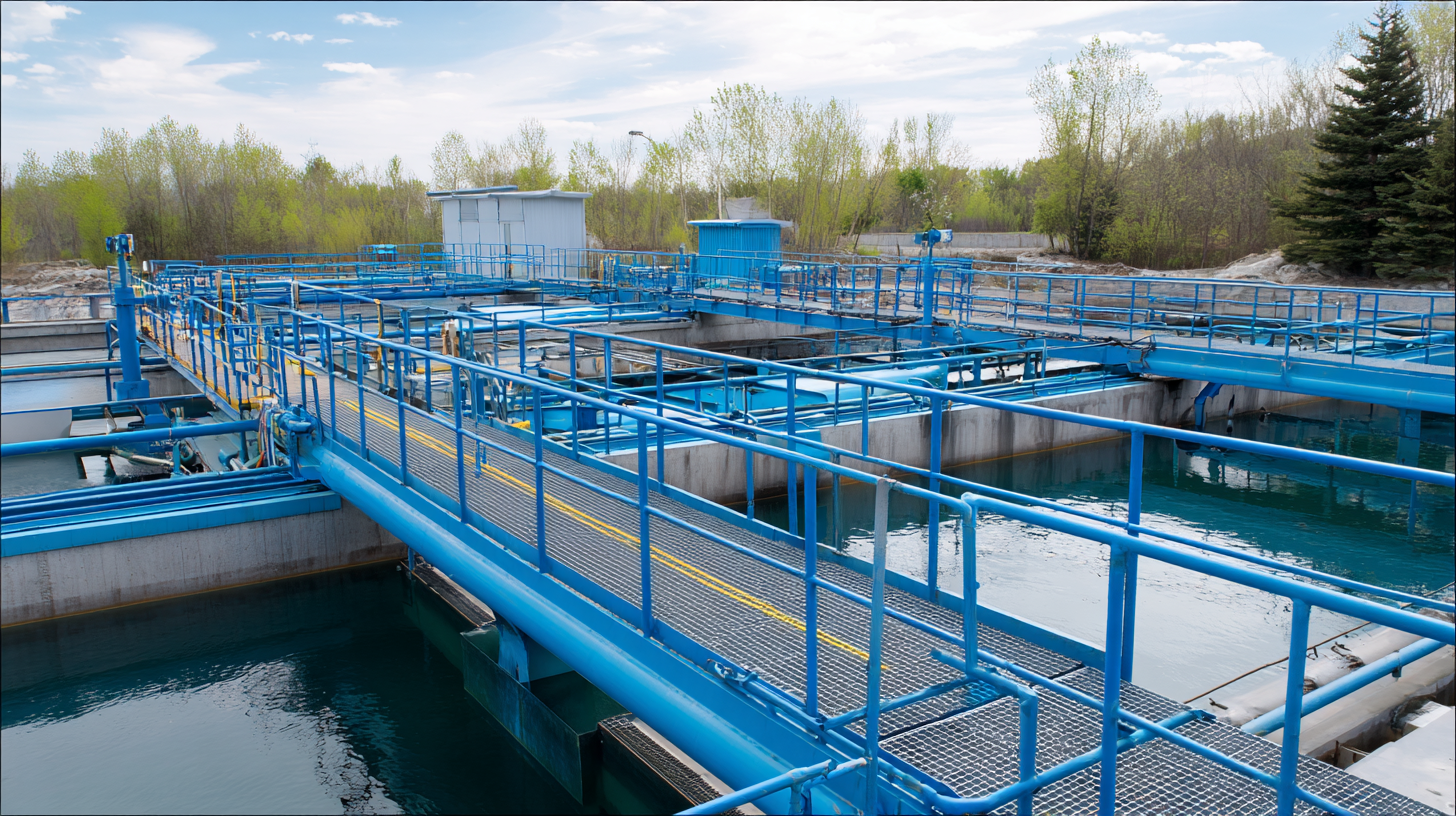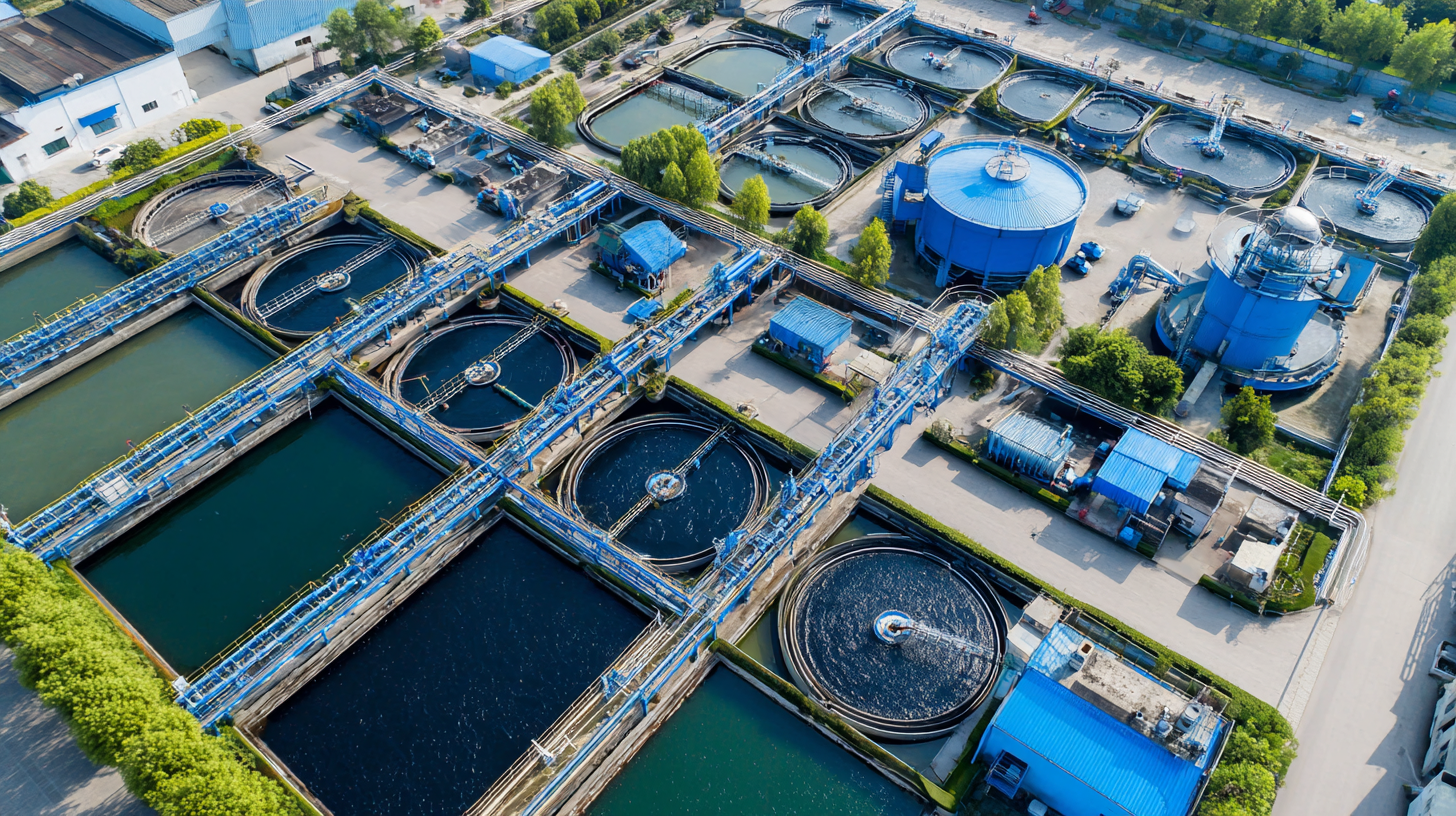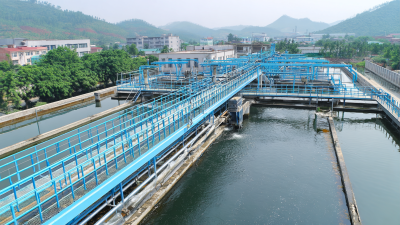The increasing demand for efficient wastewater treatment solutions has led to the adoption of various advanced technologies, among which the Dissolved Air Flotation System (DAF) stands out due to its unique advantages. According to a report by the Water Environment Federation, DAF systems can remove up to 90% of suspended solids, making it a crucial technology in industries such as food processing, oil and gas, and municipal wastewater treatment. As water scarcity becomes a growing concern worldwide, the need for effective treatment options is more pressing than ever.
Industry expert Dr. John Smith, a leading researcher in water treatment technologies, emphasizes the significance of DAF systems in modern wastewater management by stating, "The ability of a Dissolved Air Flotation System to optimize the separation of pollutants is revolutionary, providing an effective solution for industries striving for sustainability." This assertion underscores the role of DAF systems in enhancing the efficiency of wastewater treatment processes while contributing to environmental protection.
In this article, we will explore the top five benefits of employing a Dissolved Air Flotation System in wastewater treatment. As industries seek to improve their operational effectiveness while adhering to stringent environmental regulations, understanding the advantages of DAF will be crucial for future advancements in wastewater management technology.

Dissolved Air Flotation (DAF) systems have emerged as a vital technology in efficient wastewater treatment, offering several distinct advantages that enhance the overall process. One of the primary benefits is their ability to remove suspended solids and contaminants effectively. By generating microbubbles that attach to impurities, DAF systems facilitate the rising of these particles to the surface, where they can be easily skimmed off. This not only improves water clarity but also significantly reduces the burden on subsequent treatment stages.
Another key advantage of DAF systems is their efficiency in treating a diverse range of wastewater types. Whether dealing with industrial effluents or municipal wastewater, DAF systems can be tailored to accommodate varying influent characteristics. This versatility allows facilities to handle fluctuations in flow and contaminant loads without sacrificing performance. Additionally, DAF systems operate with a smaller footprint compared to conventional sedimentation methods, making them an attractive choice for space-constrained operations. Their ability to integrate seamlessly with existing processes further underscores their role as a leading solution in modern wastewater management.
This bar chart illustrates the top five benefits of using a Dissolved Air Flotation System in wastewater treatment. The data reflects the effectiveness and advantages of the system in various aspects, including improved solids removal, chemical savings, operational flexibility, space efficiency, and reduced odors.
Dissolved Air Flotation (DAF) systems have gained popularity in wastewater treatment due to their effectiveness in enhancing solid separation and removal rates. By injecting air into the wastewater, tiny bubbles are formed which attach to suspended solids and oils, causing them to rise to the surface. This results in the formation of a floating sludge layer that can be easily removed, significantly improving the efficiency of the treatment process.
Tips: Proper maintenance of DAF systems is crucial to ensure optimal performance. Regularly check the air saturation level and maintain the right pressure to prevent the bubbles from bursting too quickly. Additionally, monitor the chemical dosing to optimize coagulation and flocculation, which will further enhance solid separation.
Furthermore, DAF systems are particularly effective for treating industrial wastewater with high concentrations of fats, oils, and greases. By efficiently removing these pollutants, DAF not only meets regulatory discharge standards but also minimizes environmental impact. For facilities dealing with such wastewater, integrating DAF technology can lead to substantial cost savings in downstream treatment processes.
Tips: When considering a DAF system, conduct a thorough analysis of your wastewater characteristics and loading rates. These insights will help you choose the right system size and configuration, ensuring maximum efficiency in solid removal and operational reliability.
| Benefit | Description | Impact on Wastewater Treatment |
|---|---|---|
| Enhanced Solid Removal | Dissolved Air Flotation (DAF) effectively separates solids from liquids, improving overall treatment efficiency. | Higher removal rates lead to better effluent quality and compliance with discharge regulations. |
| Improved Water Clarity | The process significantly reduces turbidity, resulting in clearer treated water. | Enhanced water clarity aids in meeting regulatory standards for water quality. |
| Reduction in Chemical Usage | DAF systems can reduce the need for chemical coagulants and flocculants. | Lower chemical costs and reduced chemical handling risks for operators. |
| Compact Design | DAF systems are typically compact and can fit in tight spaces. | Space-saving solutions for urban areas where traditional systems may not fit. |
| Operational Flexibility | DAF systems can treat a variety of wastewater types effectively. | Increased adaptability to changing wastewater conditions and composition. |
Implementing a Dissolved Air Flotation (DAF) system for wastewater treatment offers significant cost-effectiveness, making it an attractive option for various industries. Due to its efficient separation capabilities, a DAF system can reduce the operational costs associated with sludge handling and disposal. By effectively removing suspended solids and other impurities early in the treatment process, facilities can minimize the volume of wastewater that requires further processing, ultimately lowering overall expenses.
Tips: When considering a DAF system, evaluate the initial investment against long-term savings. Look for suppliers who offer energy-efficient models, as these can drastically reduce operating costs over time. Additionally, regular maintenance can prevent costly downtime and repairs, ensuring the system operates at peak efficiency.
The operational efficiency of DAF systems translates also to reduced chemical usage, further enhancing cost savings. Facilities that utilize DAF technology often find they require fewer chemicals for coagulation and flocculation. This reduction not only contributes to cost savings but also minimizes the environmental impact of wastewater treatment processes, aligning with sustainability goals that many businesses strive for today.
Dissolved Air Flotation (DAF) systems play a crucial role in enhancing wastewater treatment processes by effectively reducing pollutants. One of the primary environmental benefits of DAF technology is its capacity to remove suspended solids and oils from water, which are often major contributors to water pollution. By using microbubbles to elevate these contaminants to the surface, DAF systems allow for easy collection and separation, resulting in significantly cleaner effluent.
Moreover, the implementation of DAF systems can greatly help industries comply with stringent environmental regulations. With their high efficiency in eliminating both organic and inorganic pollutants, DAF systems contribute to reducing the overall load of harmful substances released into natural water bodies. This proactive approach not only aids in restoring ecological balance but also facilitates the recycling of water, promoting sustainable water management practices in various sectors.

The advancements in dissolved air flotation (DAF) technology for wastewater treatment are set to shape the future landscape significantly by 2025. One of the key trends will be the integration of smart operational systems that leverage data analytics and IoT to enhance the efficiency of DAF processes. These systems are being designed to monitor system performance in real-time, allowing for predictive maintenance and more responsive adjustments to treatment parameters. This approach not only improves operational efficiency but also reduces energy consumption and enhances water recovery rates.
Additionally, innovations in microalgal integration with DAF systems are gaining traction. These advancements will allow for the simultaneous removal of contaminants and the production of valuable microalgal biomass, promoting a circular economy within wastewater management. As the demand for sustainable protein sources increases, utilizing microalgae not only addresses waste treatment but also contributes to alternative protein production, creating a multifaceted benefit for communities in 2025. The evolution of flotation technologies promises to not only optimize resource recovery but also align with global sustainability goals through nutrient recycling and waste valorization.







